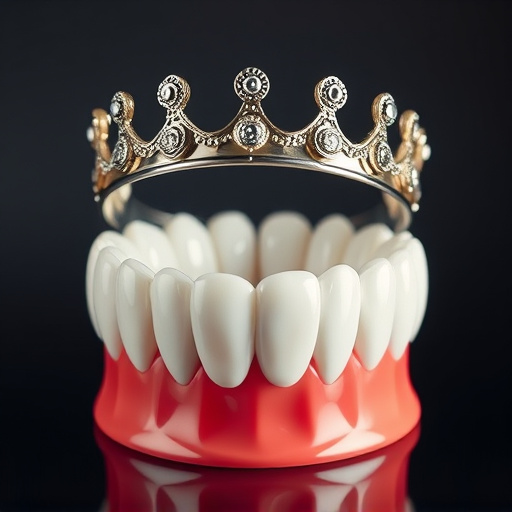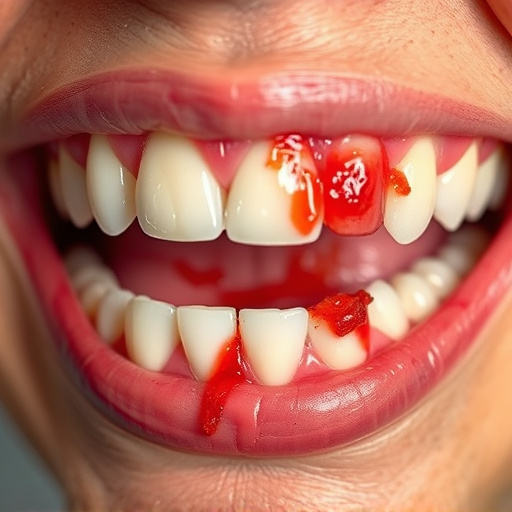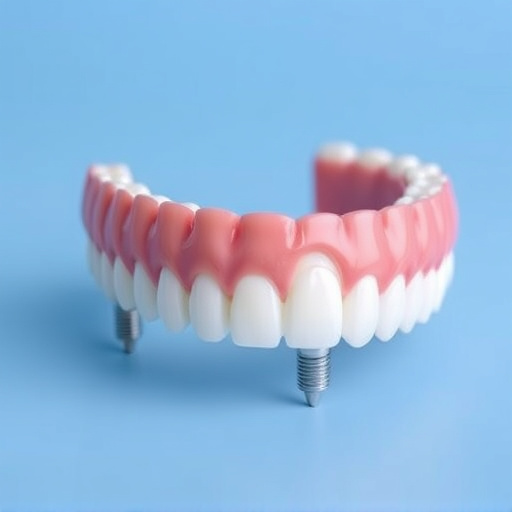Dental restoration services provide a wide range of procedures, from treating decay and chips to replacing teeth, focusing on structure, function, aesthetics, and long-term oral health. Preventive dentistry through regular checkups and home care reduces the need for extensive treatments like dental bonding. Understanding dental insurance claims and coverage is crucial for managing expectations and costs, leveraging benefits, and making informed decisions about oral health.
Dental restoration services play a vital role in maintaining oral health and overall well-being. This article explores what dental restoration services are often covered by insurance, helping you navigate your benefits. We delve into common restorations like fillings, crowns, and implants, providing insights on procedures eligible for reimbursement. Additionally, we guide you through the process of filing claims, ensuring peace of mind during restorative treatments. Understanding these aspects empowers patients to make informed decisions regarding their dental care.
- Understanding Dental Restoration Services
- Common Dental Restorations Covered by Insurance
- Navigating Dental Insurance Claims for Restoration Procedures
Understanding Dental Restoration Services
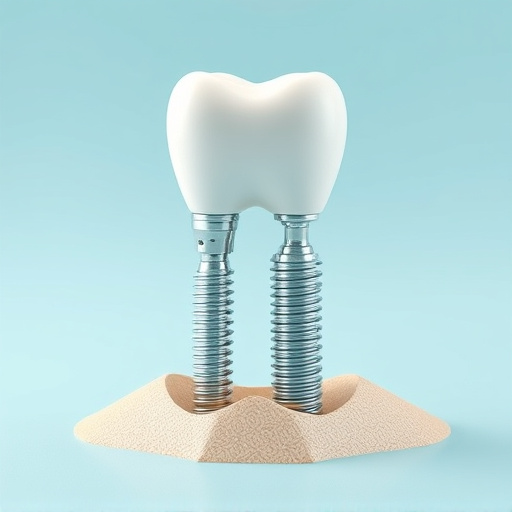
Dental restoration services encompass a range of procedures designed to restore damaged or missing teeth and their surrounding structures. These services go beyond basic cleaning and examination, addressing issues like tooth decay, fractures, chips, and even replacing entire teeth. Common dental restoration techniques include fillings, crowns, bridges, implants, and inlays/onlays. Each approach is tailored to the specific needs of the patient, considering factors like tooth structure, functionality, aesthetics, and long-term health.
Preventive dentistry plays a crucial role in reducing the need for extensive restorative treatments. Regular checkups, cleanings, and home care can catch issues early, often preventing problems that might require emergency dental care later. For instance, dental bonding—a procedure used to repair small cracks or chips—is both preventive and restorative, as it helps maintain tooth integrity and avoids more complex restorations. Understanding these services and their benefits is essential for making informed decisions about oral health.
Common Dental Restorations Covered by Insurance
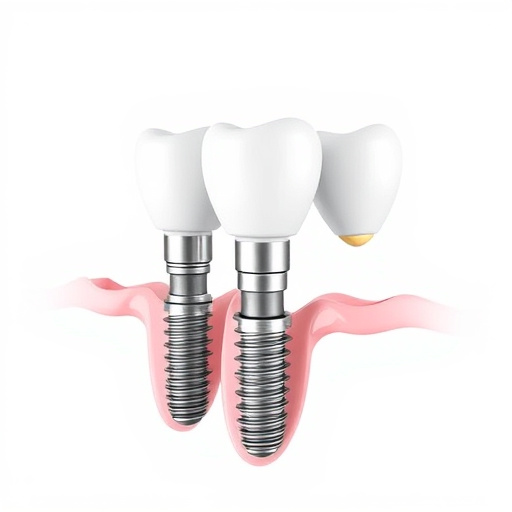
When it comes to dental restoration services, many common procedures are often covered by dental insurance plans. This includes a range of treatments that aim to restore oral health and aesthetics. One such service is dental bonding, which involves applying a resin material to repair chipped or cracked teeth. It’s a quick and relatively painless process, making it a popular choice for both cosmetic and functional improvements.
Another frequently covered restoration is the removal of damaged or infected teeth through tooth extractions. While it might sound daunting, extractions are often necessary for maintaining overall oral health. Preventive dentistry plays a crucial role here as regular check-ups can help identify issues early on, potentially preventing the need for more extensive treatments in the future. Insurance plans typically cover these essential services to encourage proactive oral care management.
Navigating Dental Insurance Claims for Restoration Procedures
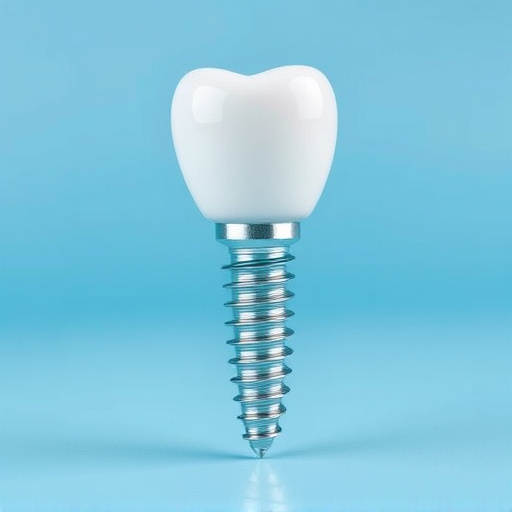
Navigating Dental Insurance Claims for Restoration Procedures can be a complex process, but understanding your coverage is essential. Many dental insurance plans offer comprehensive benefits for various restoration services, including cosmetic dentistry and restorative dentistry procedures like tooth extractions. Before proceeding with any treatment, patients should thoroughly review their policy to know what is covered. This includes checking the procedure codes assigned to different treatments, as they determine the level of reimbursement from the insurer.
Communication between the patient, dentist, and insurance provider is crucial. Patients can request a pre-authorization or pre-determination of benefits to verify if a specific restoration procedure is within their coverage. This step helps in managing expectations regarding out-of-pocket expenses and ensures that the chosen dental care aligns with insurance requirements. By being proactive and informed, patients can make well-directed decisions for their oral health while leveraging the support offered by their dental insurance.
Dental restoration services play a vital role in maintaining oral health and aesthetics, with many common procedures often covered by dental insurance. By understanding what restorations are typically included in insurance plans, patients can navigate their claims effectively, ensuring they receive the necessary treatments without incurring significant out-of-pocket expenses. This comprehensive guide has shed light on the essential aspects of dental restoration services and their insurance coverage, empowering individuals to make informed decisions regarding their oral care.








